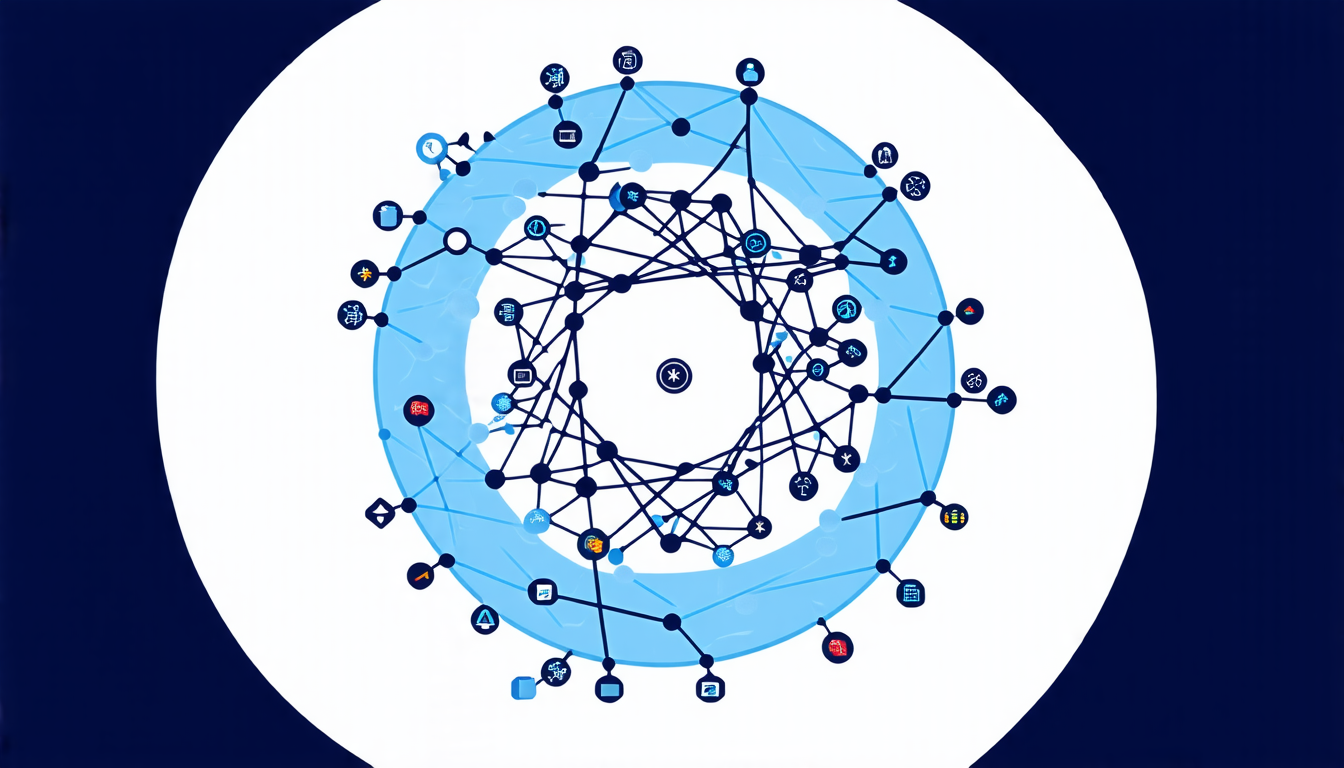Wednesday 09 April 2025
Scientists have made a significant breakthrough in understanding the behavior of complex systems, specifically those that involve concurrent events or actions happening simultaneously. This research has far-reaching implications for fields such as computer science, biology, and economics.
Researchers have been studying higher-dimensional automata (HDAs), which are mathematical models used to describe systems with multiple components interacting with each other. HDAs are particularly useful in modeling complex systems where different parts of the system can be active at the same time.
In their latest study, scientists have developed a new method for analyzing these complex systems using infinite tracks, or ω-automata. These infinite tracks allow researchers to model systems that can continue indefinitely, making it possible to study long-term behavior and dynamics.
The key innovation is the introduction of ω-HDAs, which combine the power of HDAs with the ability to handle infinite tracks. This allows researchers to analyze complex systems in a more realistic and comprehensive way, taking into account the possibility of concurrent events or actions happening simultaneously.
One of the main challenges in studying complex systems is dealing with the vast number of possible interactions between different components. ω-HDAs provide a framework for understanding these interactions by allowing researchers to model the system’s behavior over an infinite period of time.
This new method has significant implications for various fields, including computer science, where it can be used to improve the design and analysis of concurrent systems. In biology, ω-HDAs can be used to study complex biological systems, such as the interactions between different genes or proteins in a cell.
The researchers’ approach is based on a combination of mathematical techniques and computer simulations. They use a type of automaton called a Büchi automaton, which is particularly well-suited for modeling concurrent systems. By analyzing the behavior of these automata over infinite tracks, they can gain insights into the long-term dynamics of complex systems.
The study’s findings have significant implications for our understanding of complex systems and how they behave over time. It highlights the importance of considering concurrent events or actions when studying complex systems, and provides a powerful new tool for researchers to analyze these systems in a more comprehensive way.
This research has the potential to revolutionize our understanding of complex systems, and could lead to breakthroughs in fields such as computer science, biology, and economics. By providing a new framework for analyzing concurrent systems, ω-HDAs offer a powerful tool for researchers seeking to understand the behavior of complex systems over time.
Cite this article: “Deciphering Higher-Dimensional Automata: A Step Towards Universal Language Recognition”, The Science Archive, 2025.
Complex Systems, Concurrency, Automata, Hdas, Ω-Automata, Infinite Tracks, Concurrent Events, System Behavior, Computer Science, Biology







